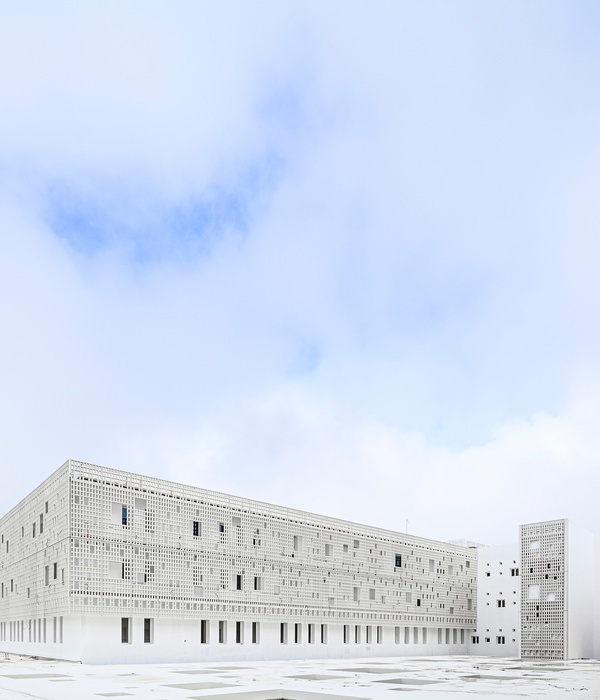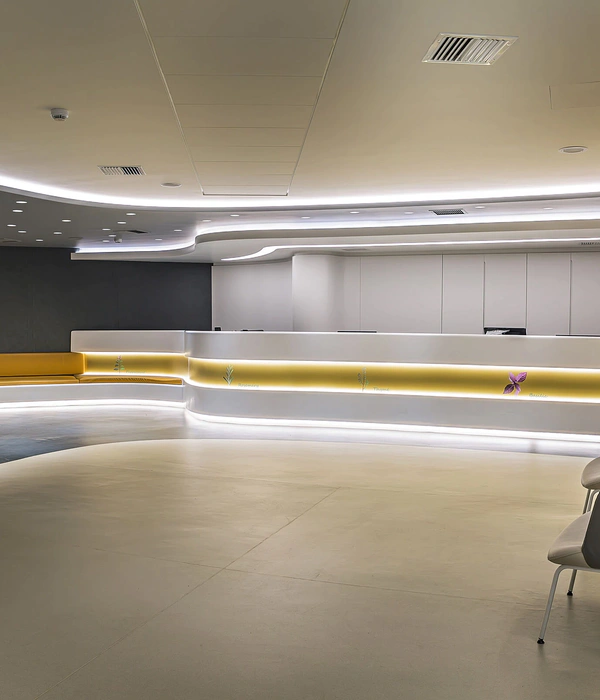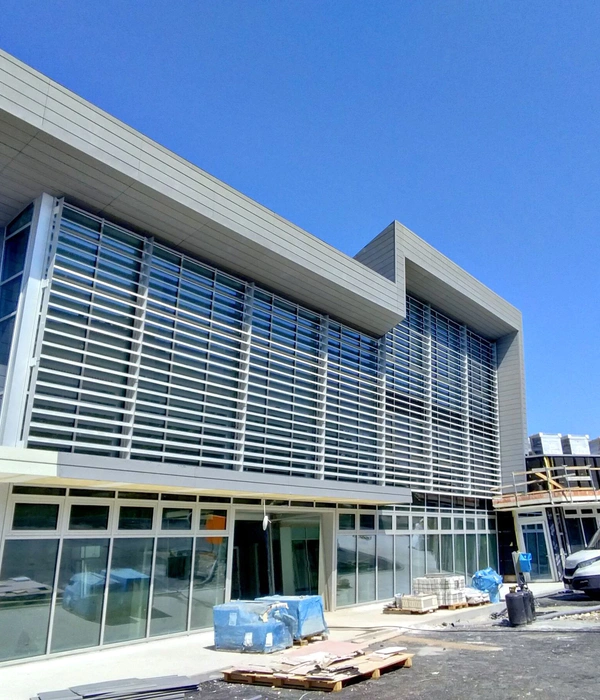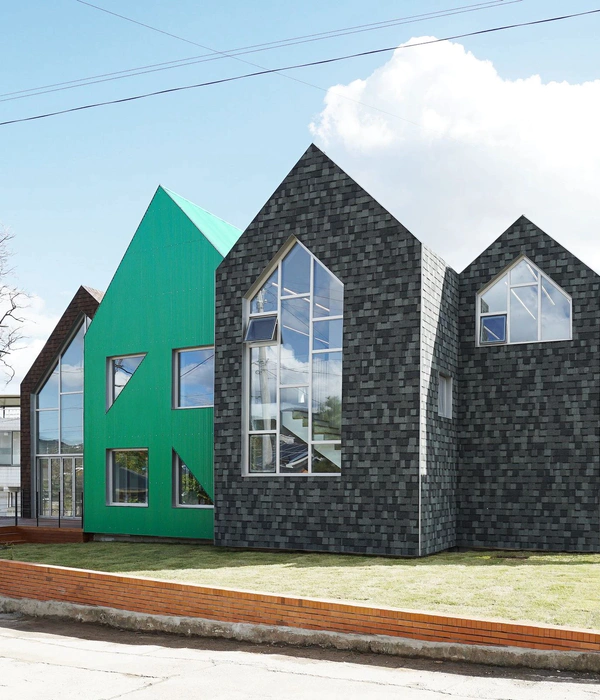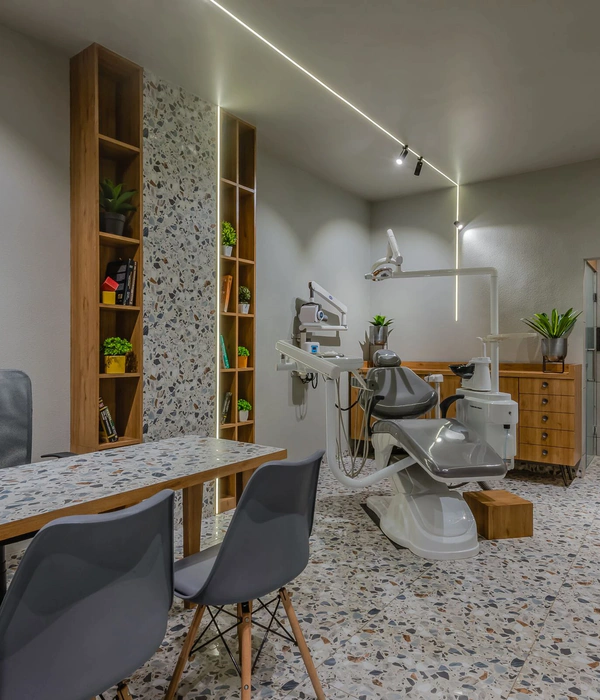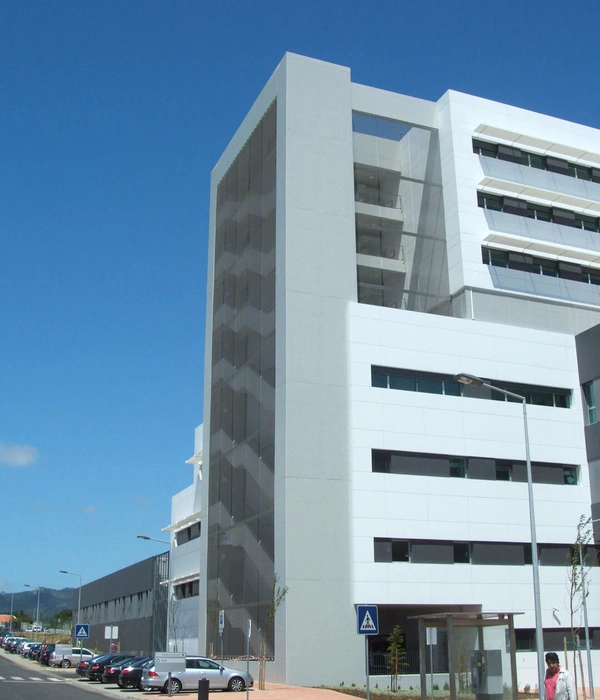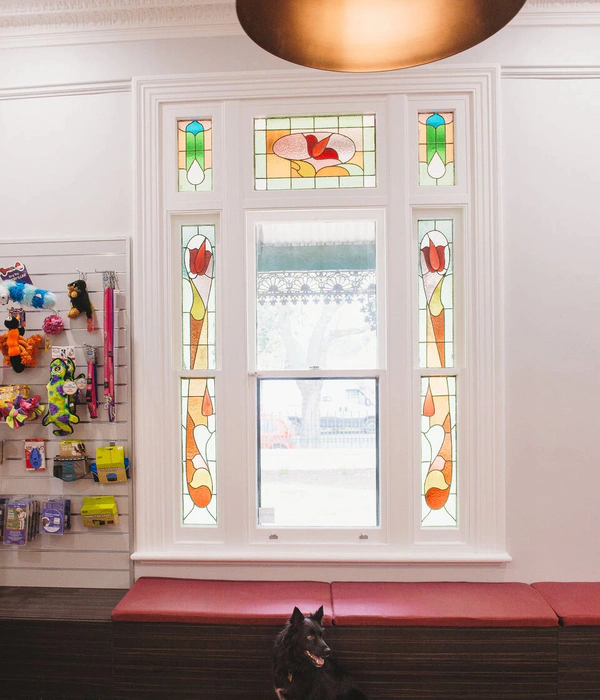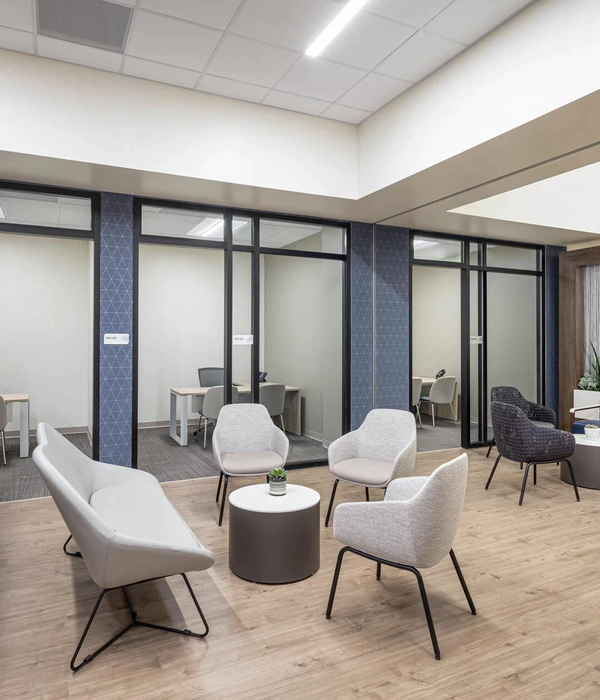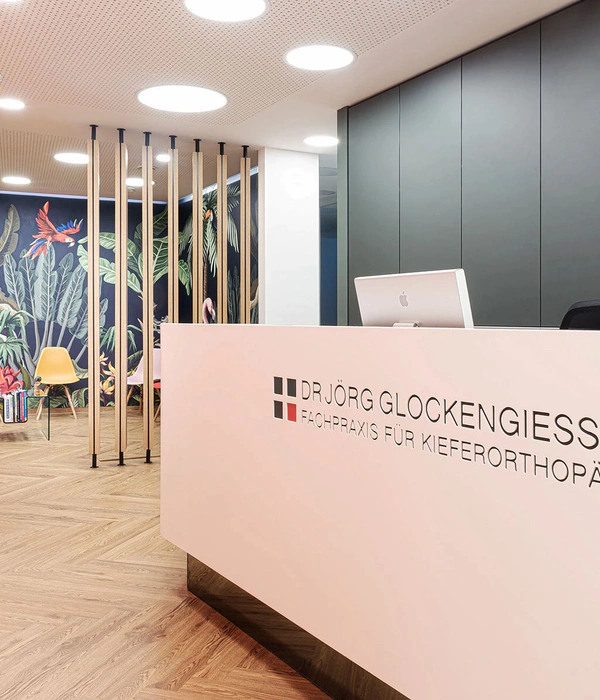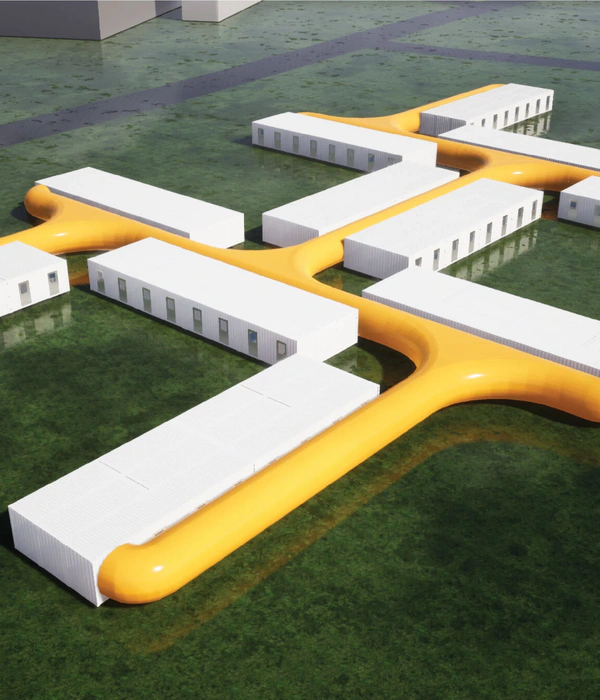Architect:Lemanarc SA
Location:Nanjing, Jiangsu, China; | ;View Map
Project Year:2019
Category:Hospitals
In this huge-scale hospital project, a number of independently operated medical institutions share medical resources through the central medical technology zone, forming a complementary and mutually beneficial whole. The architectural design draws inspiration from the art of origami. The soft and flexible facade and ubiquitous garden elements create a convenient, efficient, and pleasant-scale gardening space.
Pukou International Medical Center is China's first medical complex which gathers several medical institutions. It is made up by five medical institutions. This medical complex can easily gather several public and private medical institutions, and become a leader who integrates and optimizes medical resources.Designed to accommodate 2,000 beds, Nanjing Pukou International Medical Center is located on the north shore of Yangzi River with a site area of 175,300 sqm, total floor area of 400,000 sqm.
In this huge-scale hospital project, several independently operated medical institutions share medical resources through the Central Medical Technology Zone, forming a complementary and mutually beneficial whole.The project configuration follows a ‘socket’ pattern, which allows for easy access for each individual hospital to the shared central Med-tech department. The modular design concept allows each participating hospital or specialist unit to freely arrange its functions according to their needs. At the same time, the entire hospital can maximize the sharing of medical technology logistics and other services.
The modular building block not only allows the construction of the medical city to be implemented in stages but also reserves a model for the future expansion of the medical city. A large number of built-in atriums and light wells create a good internal environment for the medical city.
Propelled by the good well of Nanjing Municipal government to improve the medical conditions and explore new ways of distributing medical resources, the economical ‘socket’ design in this project is becoming a creative paradigm case for future cooperation between hospitals, which more generally indicates a bright future for China’s incoming medical reform.
The proposal is constituted of four essential parts: the central med-tech area, all hospital units, the landscape around the hospital, underground logistics and transport hub. These parts constitute a whole of harmonious coexistence.
The design inspiration comes from Chinese folk paper-cut art. The whole proposal seems to be stacked up softly, not only embodies the artistic aesthetic feeling, and meets the requirements of space used in the project. The project continues the practice of the gardened space, garden elements are spread and penetrated into all parts of the hospital as much as possible, at the same time introduces various shallow pools to make buildings part of natural scenery.The soft and flexible facade and ubiquitous garden elements create a convenient, efficient, and pleasant-scale gardening space.
Each clinic and hospital has a clear connection with other clinics or hospitals, but they can also independently operate and expand. We hope to design a hospital with a centralized layout, which contains the most widespread courtyard space, the shortest flow, as well as the most convenient transport links.In order to create an efficient medical hub, each part of the proposal adopts the centralized layout to ensure that the flows of patients reaching all departments are not affected by wind and rain. At the same time, the flow of medical staff and patients can be separated.
▼项目更多图片
{{item.text_origin}}

